An era is often understood as a historical period in the development process of a nation in which strategic goals and tasks are accomplished, marked by events that create turning points and open a new page in history. Each era is, first of all, determined by domestic factors; at the same time, it is affected by epochal movements taking place in the world.
Era of independence and freedom
For Vietnam, a new era was opened in 1945. “The victory of the August Revolution in 1945, smashing the colonial and feudal domination, establishing the Democratic Republic of Vietnam, bringing our nation into an era of independence and freedom”, as the Platform for National Construction in the Transitional Period to Socialism clearly stated[1]. From a colony without a name on the world map, a backward feudal regime in the East, Vietnam declared to the world its position as an independent and sovereign nation, a regime of the working people. Leader Ho Chi Minh portrayed the glorious new era of the nation in the Declaration of Independence: “Our people have broken the colonial chains of nearly a hundred years to build an independent Vietnam. Our people have also overthrown the monarchy of several decades to establish a democratic republic”[2].
 |
To maintain independence and freedom in the new era, the Vietnamese army and people had to wage protracted resistance wars, fight arduously, make great sacrifices and achieve glorious victories against the colonial, imperialist and international reactionary forces; at the same time, they had to strive to build socialism in the North. By the spring of 1975, the Ho Chi Minh campaign was completely victorious, completely liberating the South, unifying the country, and moving the whole country towards socialism. The strategic goals and tasks of the era of independence and freedom had been completely accomplished. Vietnam's victory not only had great significance for the nation, but also had a noble epochal significance, the era of peace, national independence, democracy and socialism.
The era of innovation and development
The 6th National Congress of the Party (1986) initiated the policy and immediately after that the national renovation process aimed at overcoming limitations and mistakes in both theory and practice of building socialism in Vietnam, overcoming the economic and social crisis and moving the country forward. With the courage to look straight at the truth, respecting objective laws, closely following specific conditions, a series of correct and appropriate policies and strategies for economic, social, cultural, educational, scientific, defense, security, foreign affairs development... were issued and put into practice. Thanks to that, after only 10 years (1986 - 1996), Vietnam overcame the crisis, maintained the socialist regime and entered a new period of development, promoting industrialization and modernization in the context of no longer having the Soviet Union and no longer having the world socialist system.
By 2010, with an average income per capita exceeding 1,000 USD/year, Vietnam emerged from underdevelopment and entered the list of middle-income countries in the world. This event ended hundreds, thousands of years of poverty and backwardness, opening a new qualitative history for the Vietnamese nation. Up to now, after nearly 40 years of renovation, Vietnam has become one of the 40 economies with the largest GDP in the world, one of the 20 largest foreign trade markets in the world, the leading country in terms of Human Development Index (HDI), innovation... in the group of countries with the same level of economic development; has been a friend, a trusted partner and an active, proactive member in the international community; has become an indispensable example in many areas of development in the world today. Never before has the country had the foundation, position, strength and international prestige as it does today[3].
The era of national growth
The achievements of the era of independence and freedom and the great achievements of historical significance of the era of innovation and development create a solid foundation for Vietnam to enter a new era, an era of national development. The 13th National Party Congress (2021) has outlined the goal of achieving by 2045, Vietnam will become a developed, high-income country.
There are many criteria to determine the level of a developed country. According to current standards, the world today has 38 member countries of the Organization for Economic Cooperation and Development (OECD) considered developed countries, including G7 countries, newly industrialized countries and some other countries with modern industrial production[4]. To become a developed country, it must first be an industrialized country, with advanced industrial production, a modern, civilized society and a high average income per capita, over 12,050 USD/year.
The goal of Vietnam becoming a developed, high-income country by 2045 is well-founded. It is the national aggregate strength created in previous periods, especially during the renovation process. It is the experience of the leading countries, within only 2-3 decades of successful industrialization, they all became developed countries. It is the new opportunity brought by the turning point of the world's movement for the following countries to reach the finish line early. It is the great spiritual motivation of more than 100 million Vietnamese people determined to realize Ho Chi Minh's aspiration to build the country to be "more dignified, more beautiful", "on par with the world powers"...
Necessary and urgent strategies
The nation's vision and goals for growth have become clear, the problem is to have timely and feasible implementation strategies.
First of all, the strategy of industrialization and modernization of the country in the context of the emergence of the fourth industrial revolution and the increasingly strong globalization process. Industrialization is the core content of development and modernization today, determining the level of development of each nation; at the same time, creating the material and technical foundations for socialism. The classics have affirmed that socialism can only win, ultimately, through labor productivity and the level of socialization of productive forces, both created by industrialization.
 |
| Associate Professor Dr. Nguyen Viet Thao, member of the Central Theoretical Council, former Deputy Director of the Ho Chi Minh National Academy of Politics (Photo: VOV) |
Due to many reasons, Vietnam did not have the conditions to participate in the three previous industrial revolutions; therefore, current industrialization and modernization policies must integrate to meet the diverse requirements of the three previous levels of industrial production: mechanization, electrification and computerization; at the same time, be suitable for the digital level of modern industrial production. On the other hand, today's world is basically a global free market, structured and operated by global value chains, with no more boundaries or differences between the domestic market and the international market. Therefore, import-substitution, export-oriented or mixed industrialization models of both export and import substitution no longer have a place. Vietnam needs to plan the right strategy, in which it must clarify the appropriate industrialization and modernization model, accurately identifying the country's industrialization spearheads.
The second is the strategy for developing science and technology and innovation . Previously, the Party had determined the path of carrying out three revolutions simultaneously, in which the scientific and technological revolution was the key. Today, developing science and technology and innovation must be the top priority. No country can become a developed country without high-level science and technology and innovation. Vietnam must have a number of spearheads in science and technology, especially applied science and innovation capacity. What specific spearheads should we focus on? This is the most fundamental issue, which needs to be carefully studied but must be determined promptly.
Third is the strategy for rapid and sustainable development . Rapid development requires high speed in economic growth, increased production and business, creating conditions to narrow the development gap with countries in the region and in the world. Sustainable development requires high efficiency and labor productivity, without increasing investment, raw materials, labor, etc., but still rapidly increasing output and quality; without sacrificing fairness, social progress, and ecological environment for economic growth. Rapid development requires a separate system of policies and strategies, and sustainable development also requires another separate system of policies and strategies. Therefore, a strategy for rapid and sustainable development is needed to combine these two systems of policies and strategies into a unified and harmonious whole.
Looking back at the thousands of years of history of the Vietnamese people, most recently the revolutionary history under the leadership of the Party since 1930, the entire Party and people are extremely proud of the glorious victories, including many miracles of rising up, turning the seemingly impossible into possible. Today's world both admires heroic Vietnam in the war against colonialism and imperialism, liberating the nation, and building a new social regime; and respects Vietnam's successful renovation, bringing the nation many great strides forward, becoming a vivid example for developing countries to reach new heights. Ahead, there are many advantages, opportunities as well as difficulties and challenges intertwined, but a new era has opened, the era of rising up of the Vietnamese people to the heights of a developed nation, firmly on the path of national independence and socialism./.
[1]https://tulieuvankien.dangcongsan.vn/ban-chap-hanh-trung-uong-dang/dai-hoi-dang/lan-thu-xi/cuong-linh-xay-dung-dat-nuoc-trong-thoi-ky-qua-do-len-chu-nghia-xa-hoi-bo-sung-phat-trien-nam-2011-1528
[2] https://vietnamnet.vn/toan-van-ban-tuyen-ngon-doc-lap-771240.html
[3] Communist Party of Vietnam: Documents of the 13th National Congress of Delegates. National Political Publishing House Truth, Hanoi, 2021, vol. 1, p. 104
[4] https://www.oecd.org/en/about/members-partners.html
Associate Professor Dr. Nguyen Viet Thao
Member of the Central Theoretical Council, former Deputy Director of Ho Chi Minh National Academy of Politics
Source: https://dangcongsan.vn/bao-ve-nen-tang-tu-tuong-cua-dang/ky-nguyen-vuon-minh-cua-viet-nam-trong-thoi-dai-moi-679728.html



![[Photo] Overcoming all difficulties, speeding up construction progress of Hoa Binh Hydropower Plant Expansion Project](https://vstatic.vietnam.vn/vietnam/resource/IMAGE/2025/4/12/bff04b551e98484c84d74c8faa3526e0)

![[Photo] Closing of the 11th Conference of the 13th Central Committee of the Communist Party of Vietnam](https://vstatic.vietnam.vn/vietnam/resource/IMAGE/2025/4/12/114b57fe6e9b4814a5ddfacf6dfe5b7f)


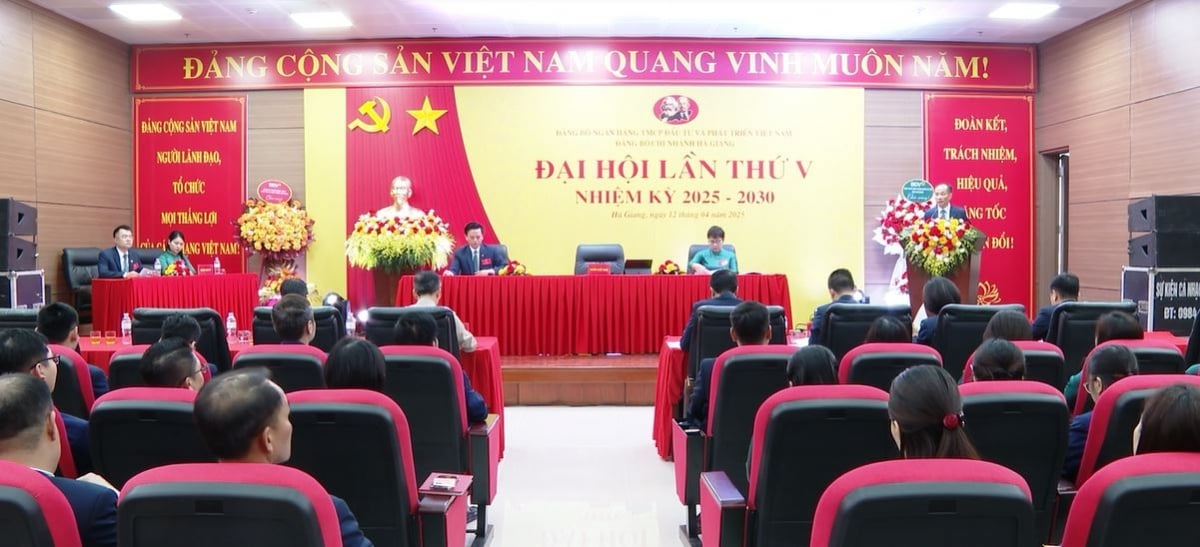

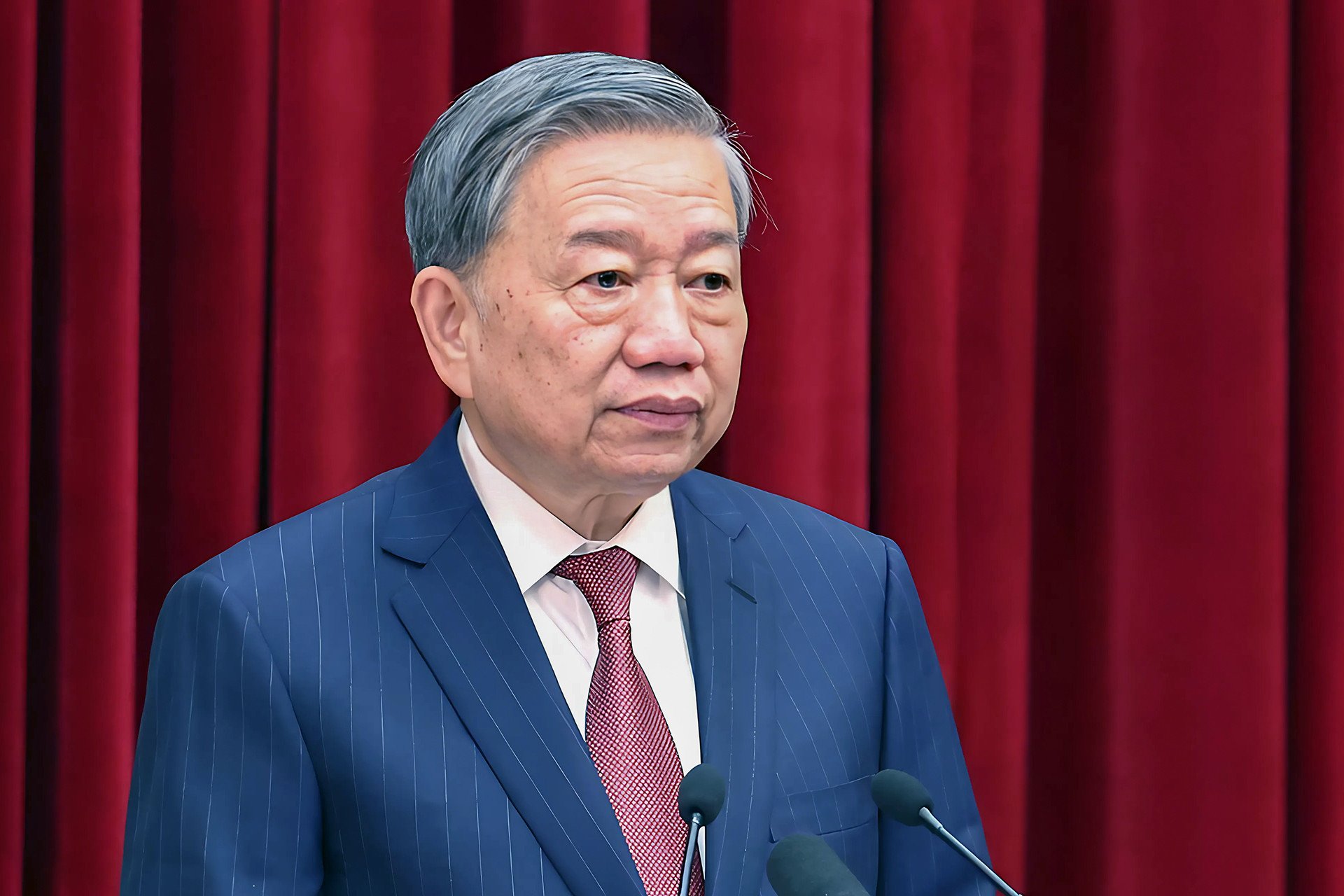
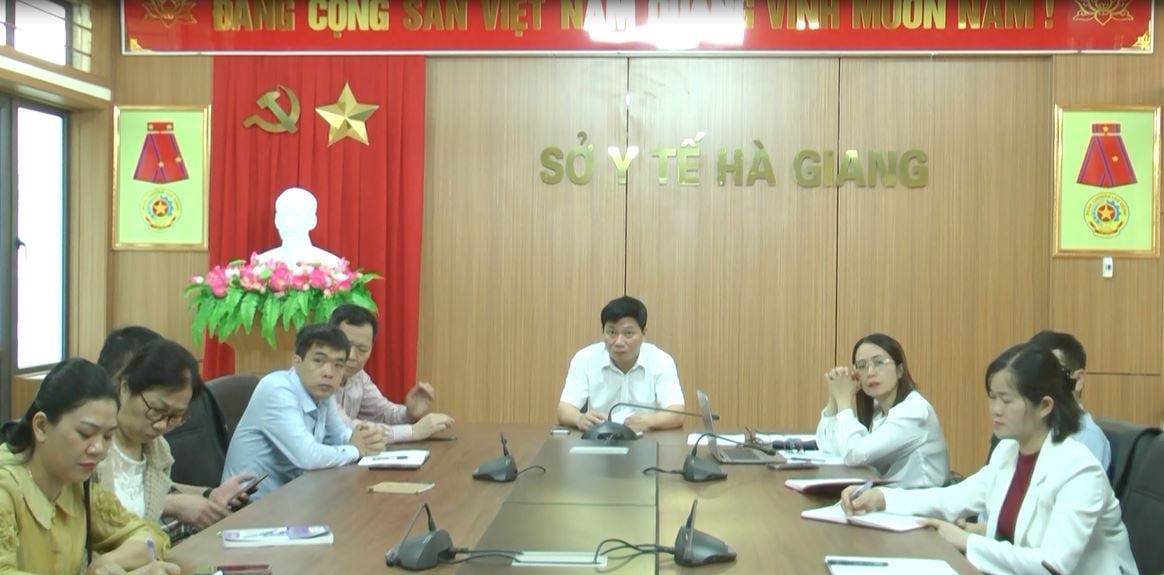
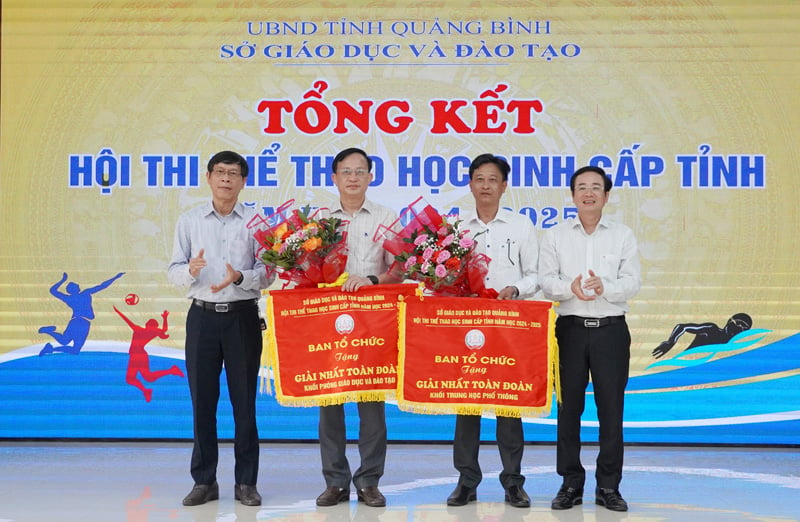


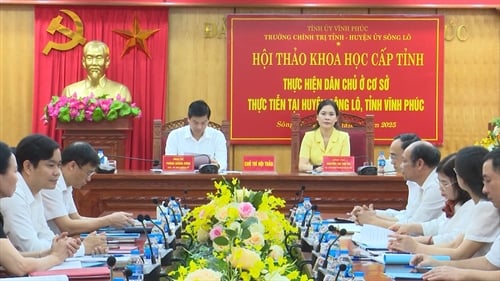
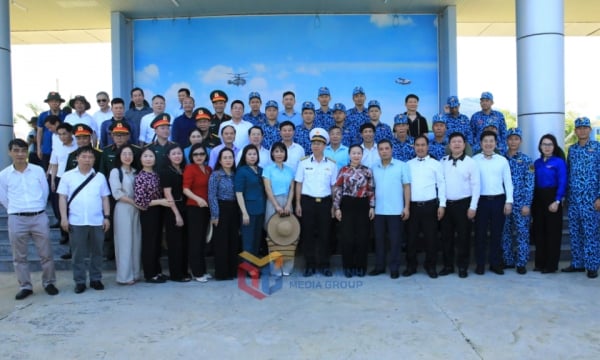










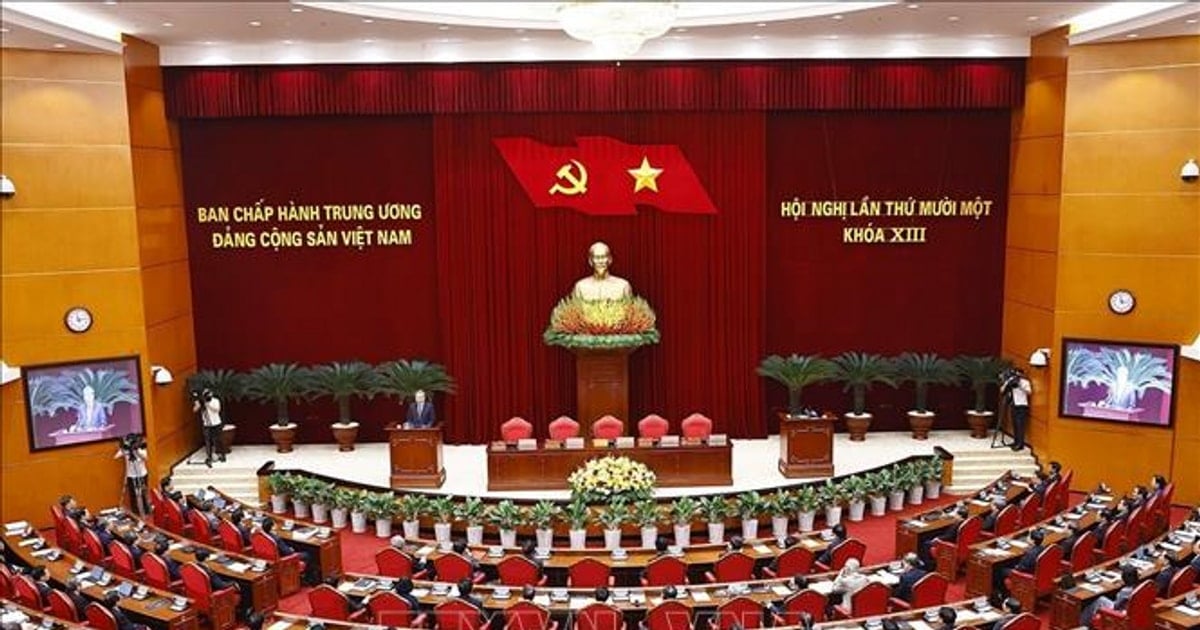
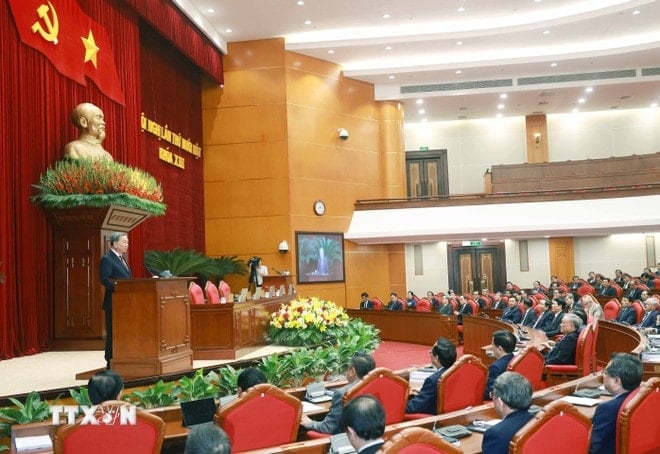
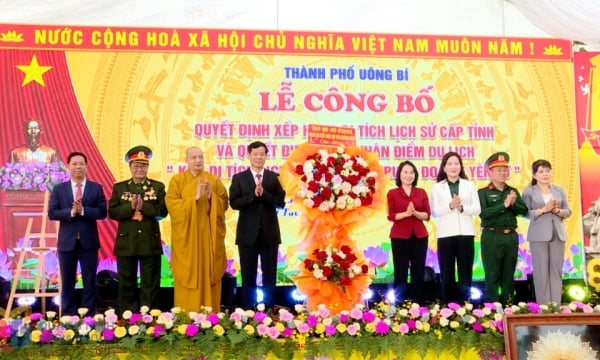















































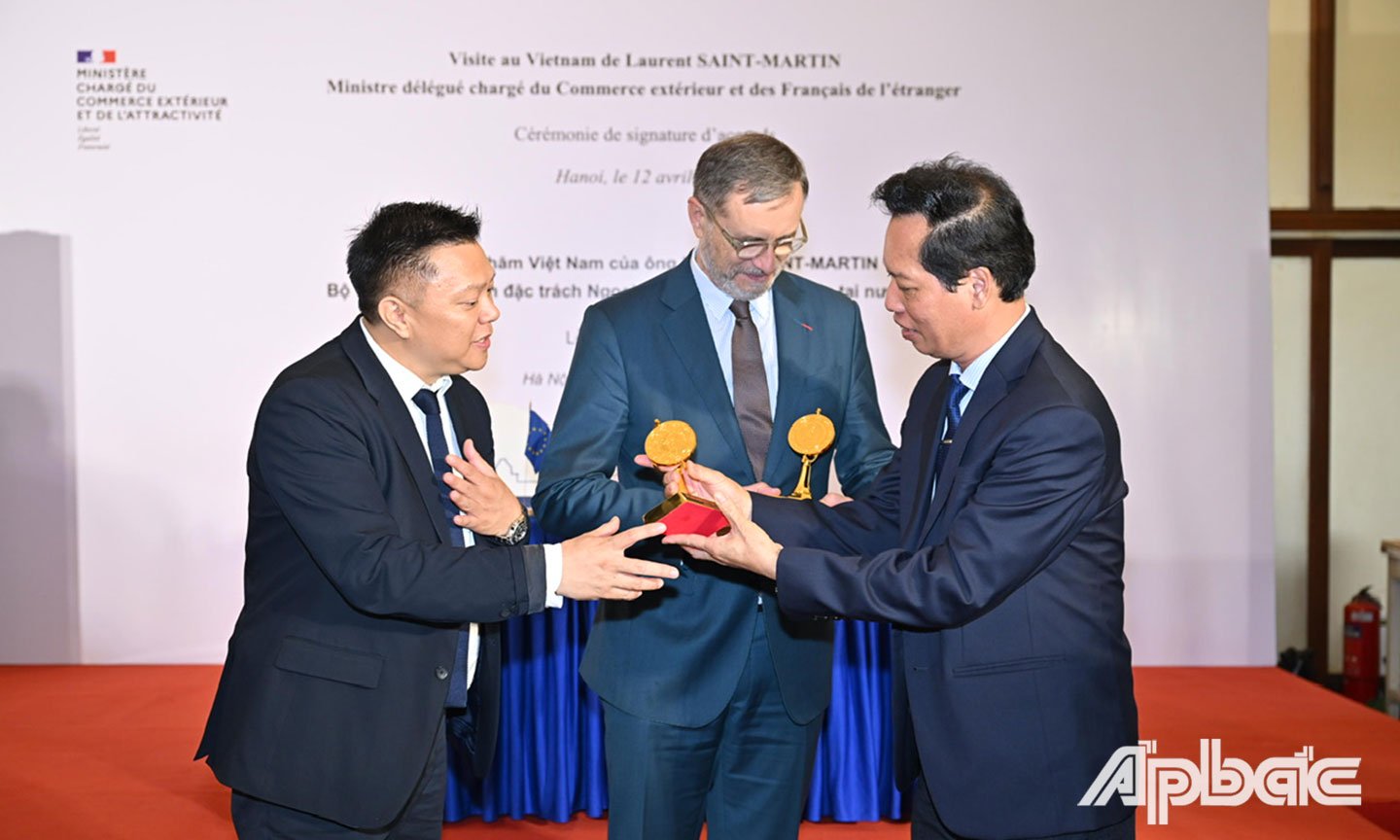












Comment (0)